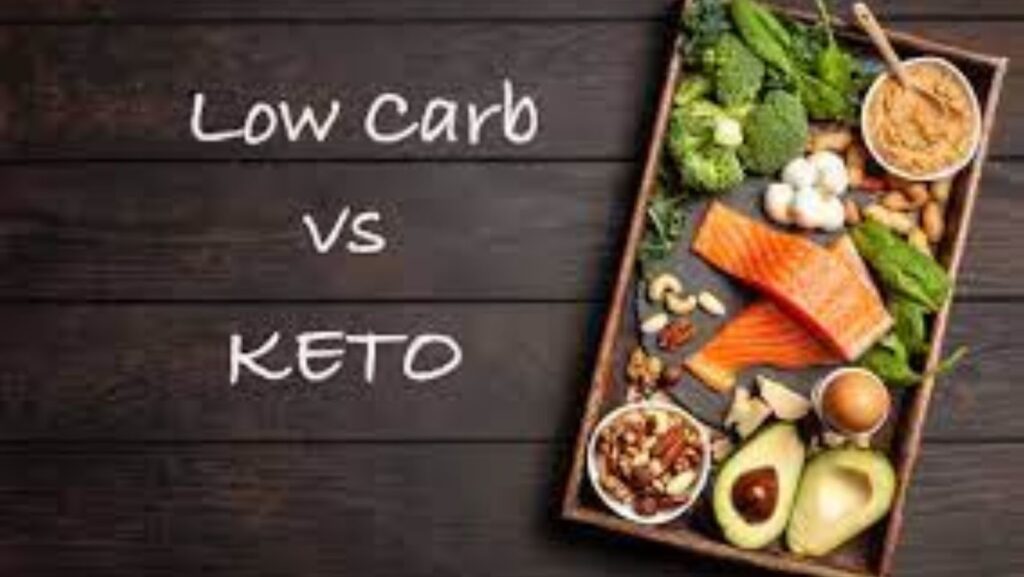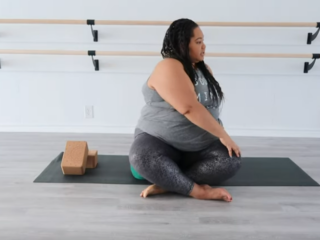
There’s a lot of debate out there about which diet is better for you, low carb or keto. Both have their pros and cons, and ultimately it’s up to you to decide which is right for you. But if you’re stuck on the fence, read on to learn more about each diet and see which one might be a better fit for you.
What are low carb and keto diets?
The low carb diet is a dietary pattern that restricts carbohydrate consumption, with the intention of promoting weight loss and improving health. The keto diet is a high-fat, low-carbohydrate diet that has become popular in recent years. Both diets have been shown to be effective for weight loss and can have similar health benefits. However, they are not the same diet, and there are some important differences to consider before choosing one over the other.
Low carb diets generally recommend limiting carbohydrate consumption to around 50-150 grams per day. This may be achieved by eating fewer starchy and sugary foods, as well as cutting back on high-carbohydrate foods such as bread, pasta, rice, and potatoes. Low carb diets typically allow for a greater intake of healthy fats and protein foods such as meat, fish, eggs, nuts, and seeds. Keto diets are a subset of low carb diets and involve restricting carbohydrate intake to around 5-10% of total daily calories. This equates to around 20-50 grams of carbohydrates per day. To achieve this level of carbohydrate restriction, keto dieters typically eat very few starchy vegetables (such as potatoes or sweet potatoes), grains (such as bread or rice), fruit, legumes (such as beans or lentils), and sugar. Instead, they focus on eating high-fat foods such as meat, fish, eggs, butter, oils, cheeses, nuts, and seeds.
Low carb diet vs keto
At their core, both low carb and keto diets are carbohydrate restriction diets. So, what’s the difference?
The main difference is in the macronutrients. Low carb dieters are typically trying to eat fewer than 130 grams of carbs per day. Keto dieters are aiming for a very specific macros ratio: 60-75% fat, 15-30% protein, 5-10% carbs. That 5-10% is where things get a little more complicated on keto. net carbs
Net carbs are the total number of carbs in a food minus the grams of fiber and sugar alcohols. Some people on keto choose to only count net carbs because they have a bigger impact on blood sugar levels. For example, a cup of broccoli has 6 grams of total carbs and 3 grams of fiber. That means the net carbs in a cup of broccoli is 3 grams.
The benefits of low carb and keto diets
When it comes to dieting, there are two main approaches – low carbohydrate and ketogenic (keto). Both have their pros and cons, so it’s important to understand the difference between the two before deciding which one is right for you.
The main difference between low carb and keto diets is the amount of carbs you’re allowed to eat. On a low carb diet, you can eat up to 150 grams of carbs per day. That may sound like a lot, but it’s actually not that many when you consider that a single slice of bread has about 30 grams of carbs. By comparison, a keto diet allows for only 20-50 grams of carbs per day. That means you have to really limit your intake of starchy vegetables like potatoes and grains, as well as sugary fruits.
So why would anyone want to limit their carb intake? The main reason is that it helps to promote weight loss. When you eat fewer carbs, your body has to burn more fat for energy. That’s why low carb and keto diets are often used for weight loss.
There are also some other potential benefits of low carb and keto diets beyond weight loss. For example, they may help to lower blood sugar levels, improve cholesterol levels, and reduce inflammation.
The risks of low carb and keto diets
If you’re thinking about trying a low carb or keto diet, it’s important to be aware of the potential risks. Low carb and keto diets can be very effective for weight loss and improving overall health, but they may not be right for everyone.
Some people may experience side effects such as fatigue, headaches, or constipation on a low carb or keto diet. These side effects are usually temporary and can be minimized by drinking plenty of water and getting enough fiber. However, some people may not tolerate a low carb or keto diet well and may need to consider other options.
Low carb and keto diets can also be difficult to stick to in the long term. If you’re considering either of these diets, it’s important to talk to your doctor or a registered dietitian to make sure it’s the right choice for you.
How to choose the right diet for you
The debate between low carb and keto diets has been going on for years. And there is no clear winner. Both diets have their pros and cons. So, how do you choose the right diet for you.
First, you need to understand the difference between the two diets. Low carb diets focus on reducing carbs with the goal of losing weight. Keto diets also focus on reducing carbs, but with the goal of entering ketosis. Ketosis is a state where your body burns fat for energy instead of carbs.
There are a few things you need to consider before choosing a diet. First, what are your goals? If you want to lose weight, then a low carb diet might be right for you. If you want to enter ketosis, then a keto diet might be right for you. Second, what can you realistically stick to? A low carb diet might be more sustainable for you if you have a busy lifestyle. Third, what do you like to eat? If you like high-fat foods, then a keto diet might be more enjoyable for you.
Ultimately, there is no right or wrong answer when it comes to choosing a diet. It all depends on your individual goals and preferences. So, take some time to think about what YOU want before making a decision.










